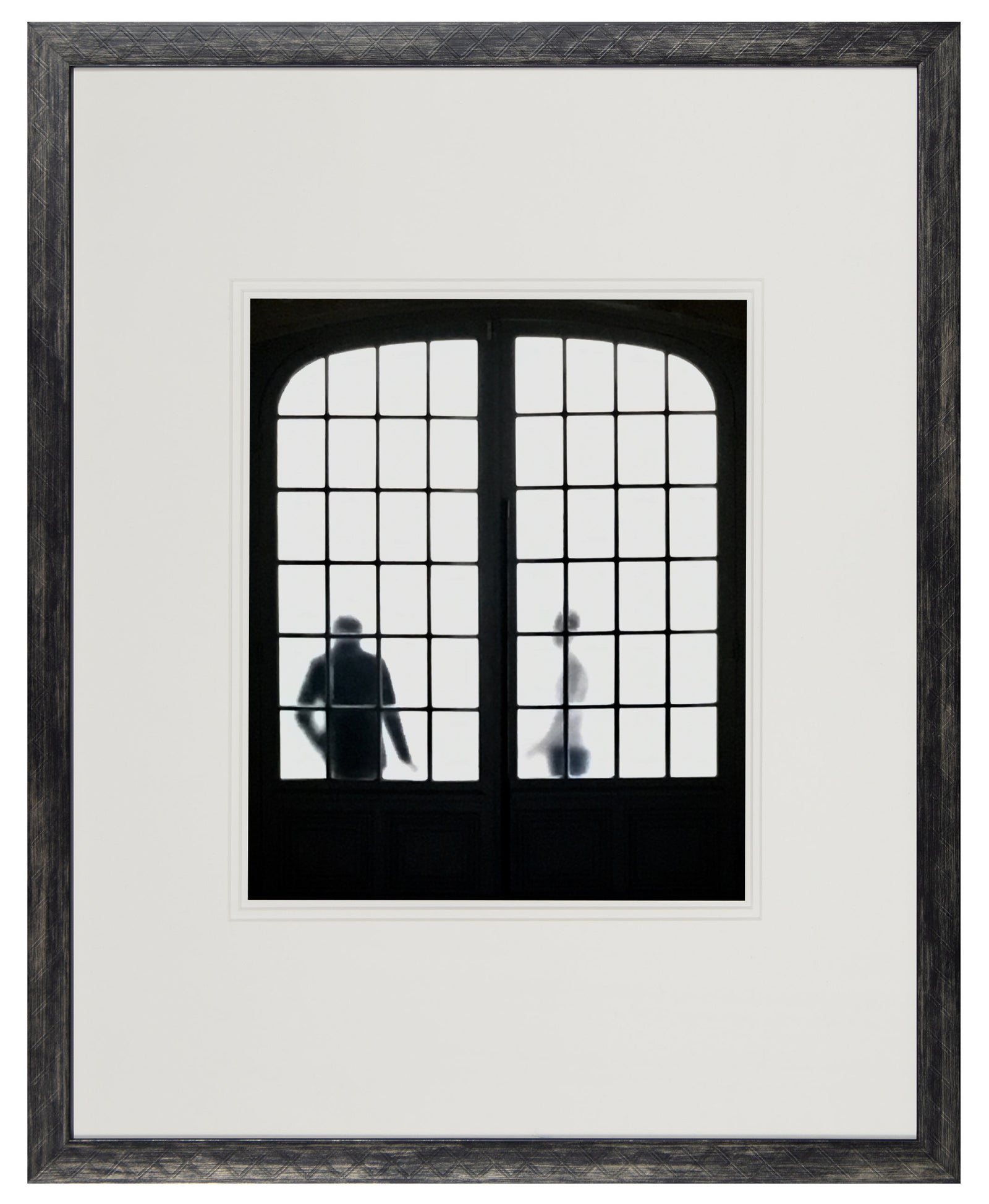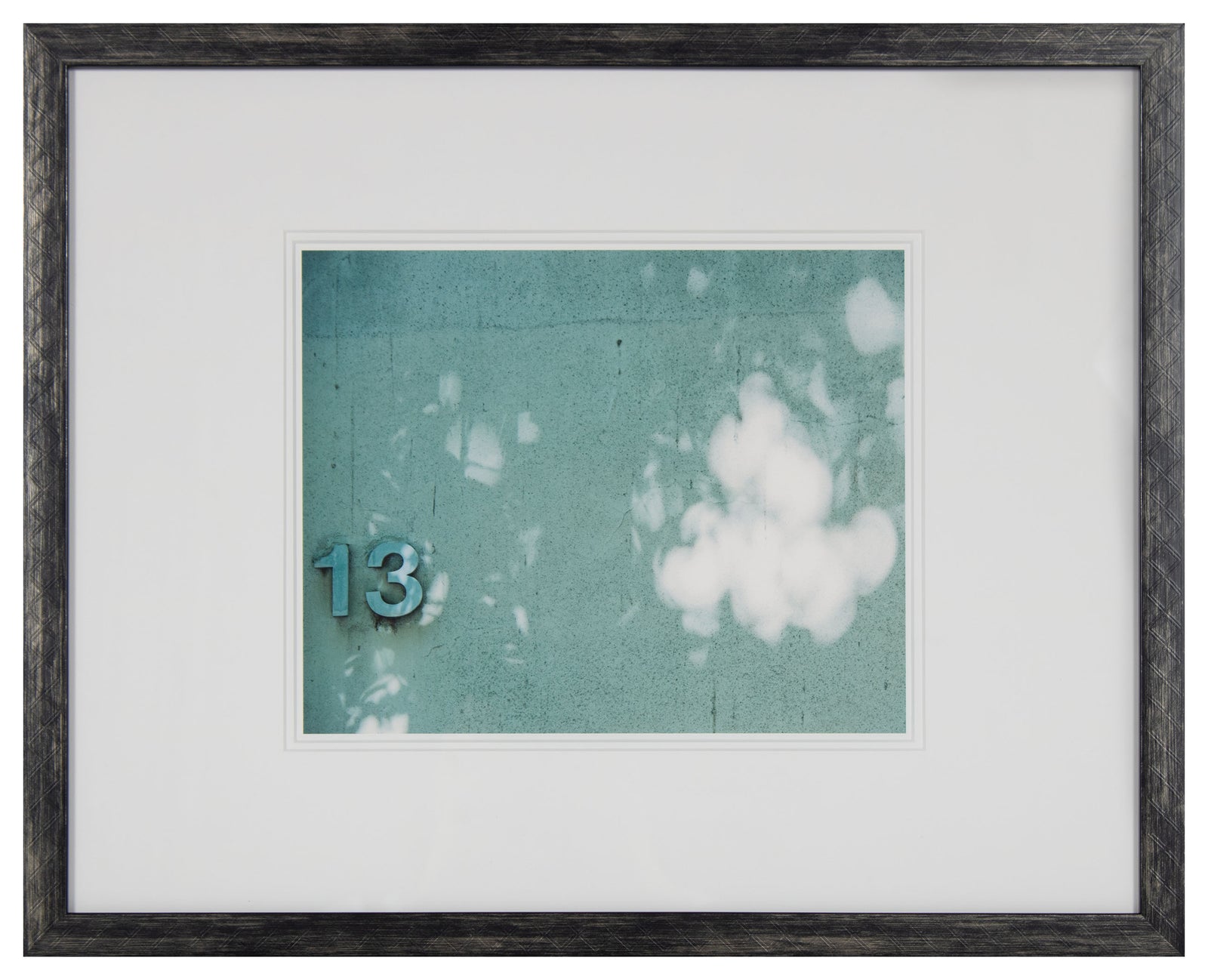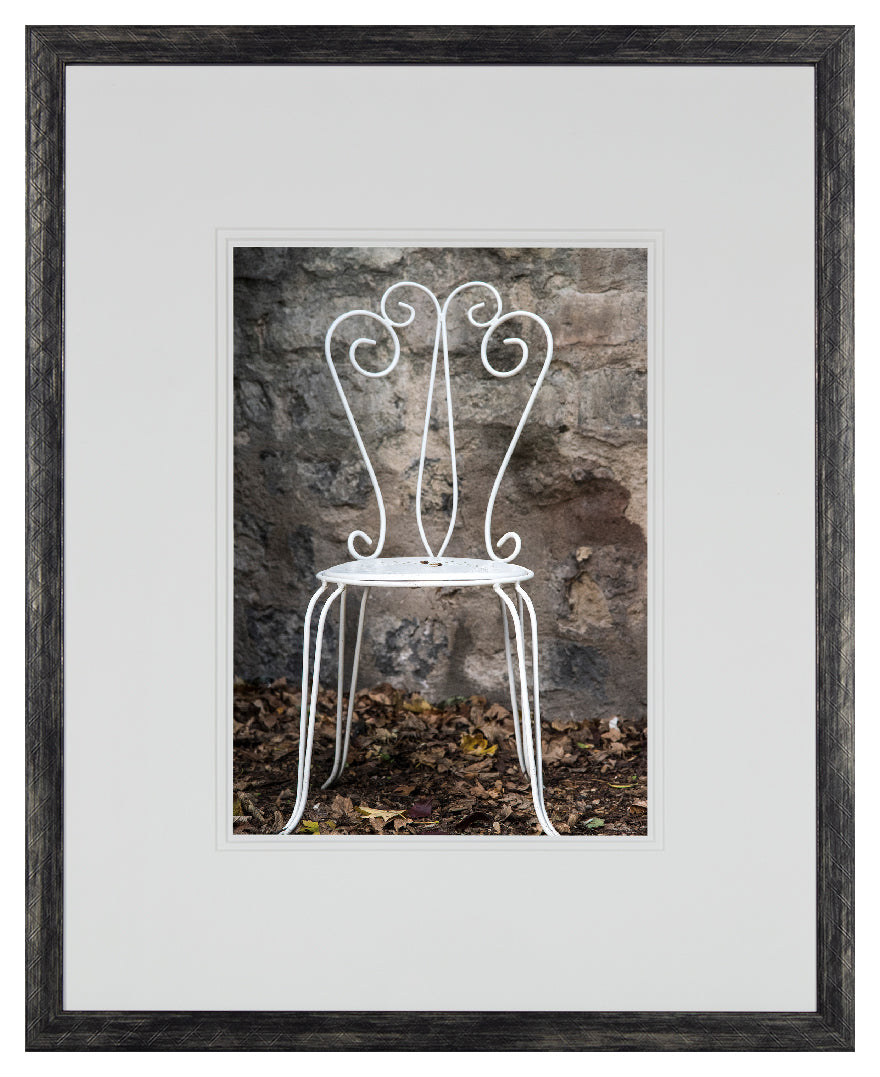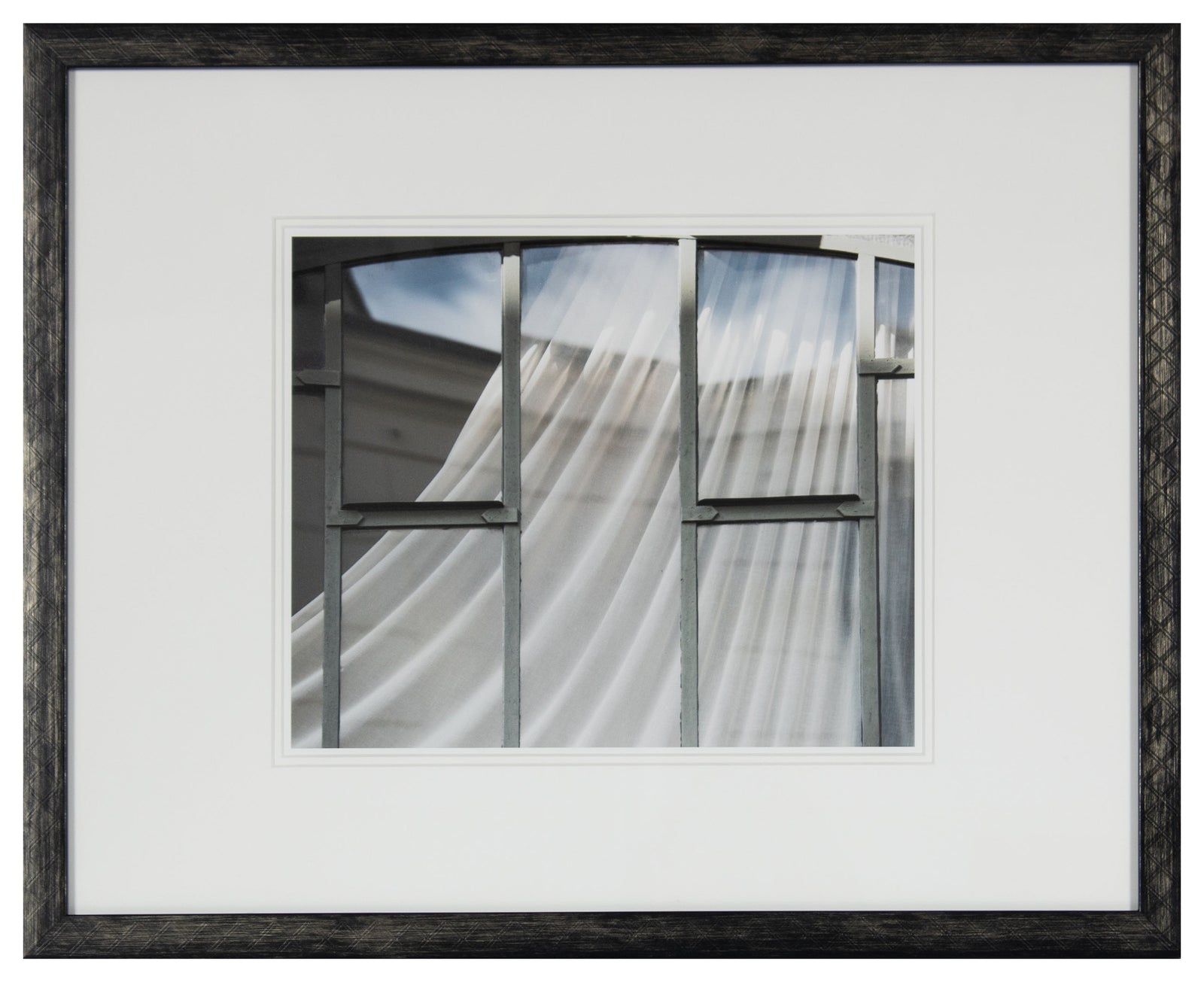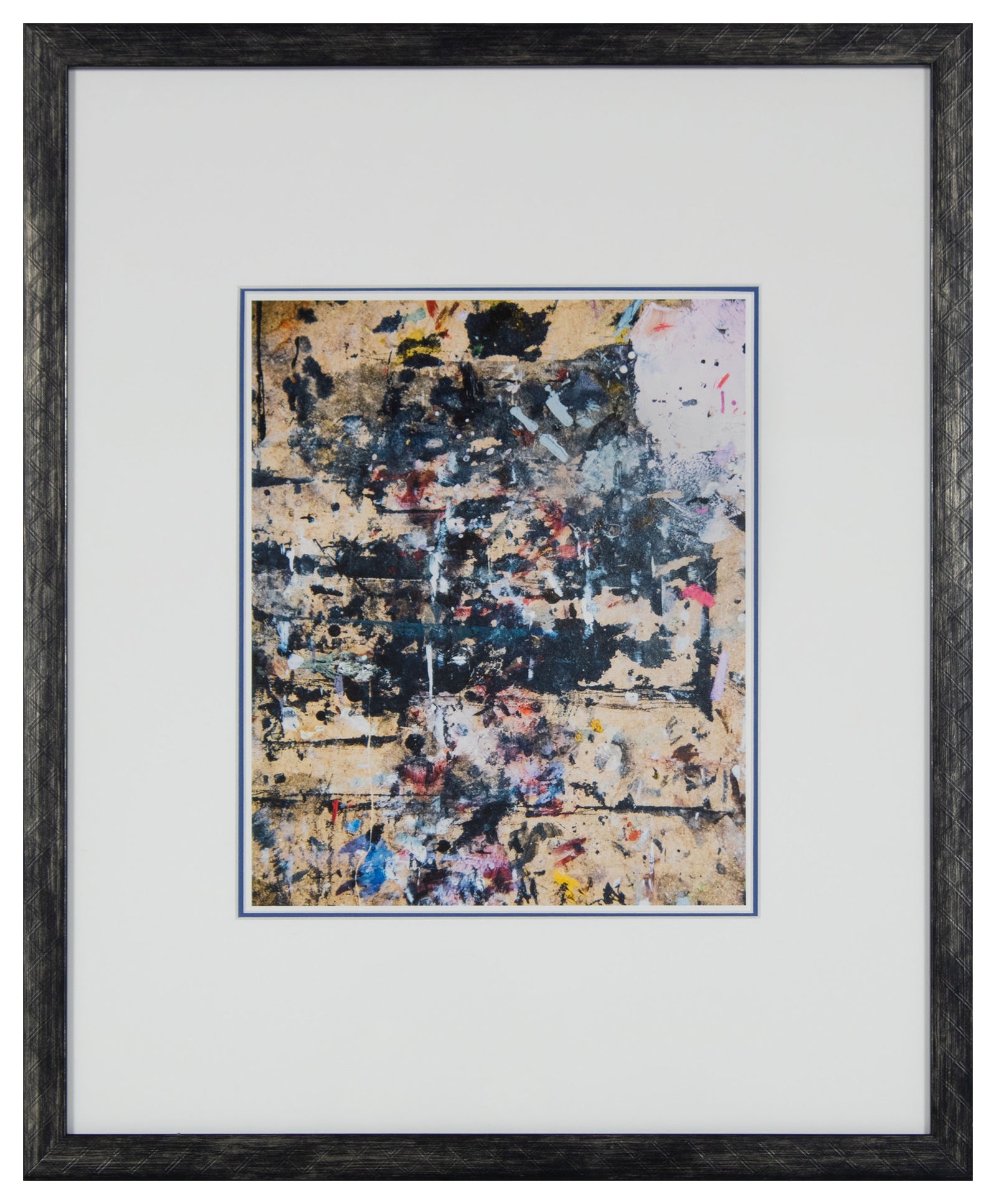About the School of Paris:
There was a time in European art history (1890-1940) when Paris was at the center of a creative intensity. Artists, estimated at 70,000, flocked to Paris to be part of what became L’École de Paris. Immigrant artists such as Picasso, Modigliani, Chagall, Miró, Brancusi, Soutine, working in tandem with French luminaries such as Bonnard, Matisse, Derain, Rouault, Braque, are the names we associate today with this period. Ateliers of 18th and 19th Century artisans and craft makers whose trades were replaced by industrialization became artist studios in neighborhoods such as Montmartre and later Montparnasse. The most famous were Le Bateau-Lavoir in Montmartre and La Ruche in Montparnasse. Paris, with its prestigious museum, the Louvre, provided an everyday ritual for artists to study the Masters. The famous École Nationale des Beaux-Arts de Paris was a magnet to foreign artists seeking the best art education. The indépendants amongst them felt more at ease painting loosely from live models at the several private Académies like Grande-Chaumière in Montparnasse and Académie Julian in the Latin Quarter. Paris also had the prestigious reputation of the Paris Salons; the Salon d’Automne, the Salon des Indépendants, attracting art collectors and dealers from all over the world. School of Paris artists explored the color and romantic figuration (portraiture, figure studies, landscapes, cityscapes and still lifes) using styles and techniques associated to art movements such as Fauvism, Cubism, Surrealism, Expressionism, as opposed to avant-garde art which came later and shied away from representation.About the artist photographer Gaétan Caron:
For the past five years, like so many artists before him, Gaétan has been going to La Ville Lumière to educate himself about L’École de Paris. During his visits, he would of course explore the permanent collection of several museums and attend special art exhibitions of both lesser known artists such as Hartung, Fujita, Wou-ki, Rousseau, Louis, Peyronnet, de Staël and spectacular shows of very well-known artists such as Degas, Lautrec, Picasso, da Vinci, Bacon, Redon, Bonnard, Monet, Pissaro. Gaétan would also photograph and paint while in Paris, creating his own art residencies. One of Gaétan’s passions is to walk and explore the different arrondissements or neighborhoods of the open museum which is Paris itself. Gaétan meandered extensively in Montmartre and Montparnasse where most artists from the School of Paris had their studios in the first half of the 20th Century. He sat at cafés such as Le Dôme, Le Select, La Coupole, Café de Flore, the same cafés where artists before him gathered to discuss art and enjoy each other’s company. He was able to photograph the same Art Schools and Académies where School of Paris students studied art back then. He visited the galleries specializing in 20th Century Modernism located near L’École des Beaux-Arts and others, still in operation or converted into museums, where School of Paris artists would show their work: Galerie de France in Paris, Galerie Jeanne Bucher, Salon de Mai. Many famous artist studios transformed into museums (Gustave Moreau, Antoine Bourdelle, Rodin, Zadkine, Delacroix, Giacometti) made it into Gaétan’s art circuit.Inspiration: Georgette London Owens (b. 1920), Paris-New York-San Francisco artist featured at Lost Art Salon
“Georgette is one of those artists who found themselves right in the middle of the two art worlds of the 20th Century. She studied and produced art in Paris during WWII and immigrated to New York when the war ended where she worked as an artist and interior decorator. As soon as I discovered her work and story, I became fascinated with the artistic path she followed. She had both feet in the School of Paris and the School of New York. Her many anecdotes and stories were art history to me. She had studied at the famous École des Beaux Arts in Paris. She also took classes for several years under the famous cubist teacher André Lhote, close friend of Picasso. But what she enjoyed the most was painting the model with other independent artists at the Académie de la Grande Chaumière, benefiting from an inspiring climate of imaginative cross-fertilization happening in Paris at that time. When I visited the Académie I felt transported into that School of Paris myself. Everything felt unchanged. At that time, Georgette had a studio nearby in Montparnasse across from the studio of the famous Italian artist Giacometti. She was part of a group of artists called “L’échelle” (The Ladder). None of them were famous but all became important members of what we call today L’École de Paris, deuxième génération (second generation). I became obsessed with their work. L’École de Paris meets Abstract Expressionism New York. I started to explore abstraction (commonly known as l’art lyrique in France) in my own work under the influence of this second generation of immigrant artists who came to Paris and French artists who stayed in Paris to paint the abstrait: Nicolas de Staël (Belgium), Hans Hartung (Germany), Serge Poliakoff (Russia), Alfred Manessier (French), to name a few. I walked the “passages” or small streets of Montparnasse where many had their artist studios, photographing ateliers for the most part transformed today into luxury apartments. Georgette had showed her work at Parisian galleries in that same neighborhood and even had Picasso himself attend her vernissage and congratulate her on her work. She was an artist in Paris when Picasso, Brancusi, Modigliani, Braque, Chagall, Soutine, Miró were still leading figures of the first generation of the School of Paris.”















